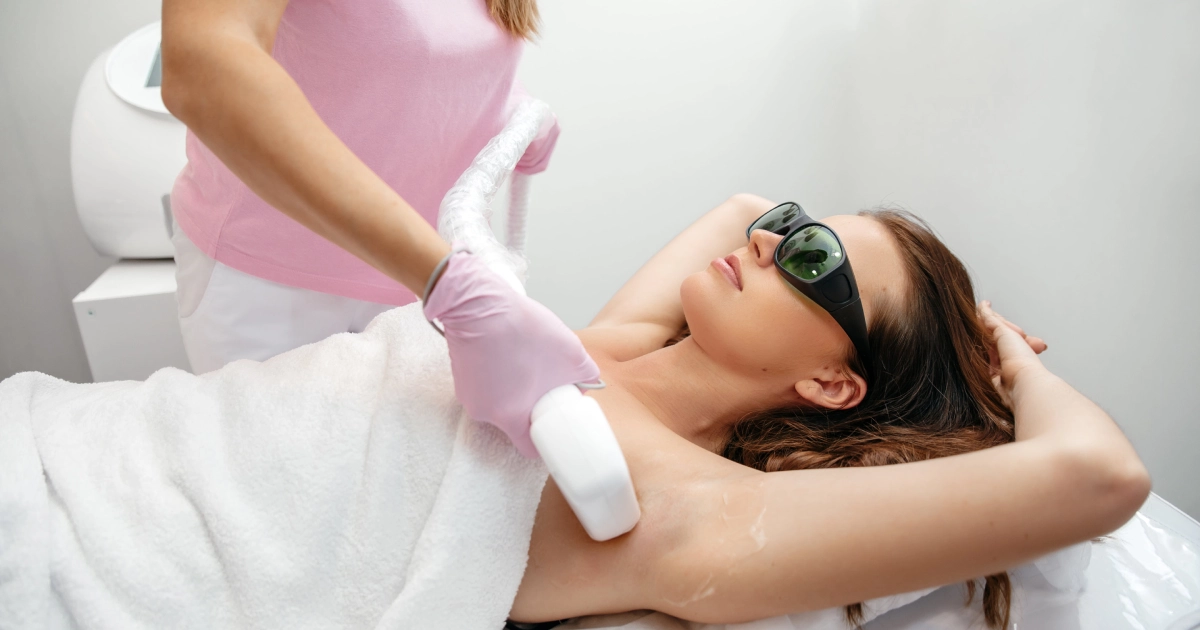

Imagine revealing a fresh canvas of radiant skin beneath dullness, blemishes, and imperfections. Chemical peel treatments offer this remarkable potential, but their success largely depends on how well you prepare your skin before the treatment and care for it afterward. Whether you’re a chemical peel veteran or considering your first treatment, understanding the complete journey will maximize your results and minimize recovery time.
Ready to unveil your skin’s true potential? This comprehensive guide will explain everything you need to know about preparing for and recovering from a chemical peel treatment. From selecting the right type of peel for your skin concerns to maintaining post-procedure hydration and protection, every step matters. Clinical studies show that consistent use of sunscreen and moisturizers post-peel can significantly enhance and prolong results, reducing the risk of irritation or hyperpigmentation. With the right aftercare and guidance from a qualified skincare professional, you can achieve visibly smoother, brighter, and more youthful-looking skin—safely and effectively.
Chemical peels are robust skincare procedures that use specially formulated solutions to remove damaged outer layers of skin. When applied to the face, these solutions cause controlled exfoliation, allowing fresh, new skin to emerge. The depth of the peel—superficial, medium, or deep—determines both the intensity of results and the recovery time needed. While superficial peels typically involve minimal downtime and mild flaking, deeper peels may require more extensive healing, with noticeable peeling and redness lasting up to 10 days. Regardless of the depth, consistent post-treatment care—including hydration, sun protection, and avoiding active skincare ingredients—is essential to support skin regeneration and optimize the results of the procedure.
Chemical peel treatments address numerous skin concerns, including fine lines, sun damage, acne scars, uneven skin tone, and hyperpigmentation. The procedure breaks down the bonds between skin cells, encouraging them to shed and stimulating new cell growth and collagen production.
Before diving into pre and post-care guidelines, let’s highlight why chemical peels remain one of the most sought-after skin treatments. Here are the key benefits of Chemical Peel Treatments
Additional benefits include brightening your complexion, treating melasma, minimizing pores, improving skin hydration, and increasing your confidence with smoother, more radiant skin. These enhancements occur as the peel accelerates skin cell turnover, allowing healthier, newer skin to surface more quickly. Over time, this process can also improve overall skin texture and boost the effectiveness of your daily skincare routine by allowing products to penetrate more efficiently.
Your journey begins with a thorough consultation. During this appointment, your provider will evaluate your skin type, discuss your concerns, review your medical history, and recommend the most appropriate peel strength. This step is crucial when considering a chemical peel treatment, especially for sensitive skin.
Be prepared to discuss any medications you’re taking, previous skin treatments, and your pre-peel skincare routine. Complete transparency during your chemical peel consultation ensures your safety and optimal results.
Your chemical peel for wrinkle reduction preparation should begin at least two weeks before your appointment. Consider the following tips:
As your appointment approaches, focus on gentle skincare:
The final countdown requires extra diligence:
The chemical peel-peeling process can be fascinating but requires careful attention. Your post-treatment care is as critical as your preparation, if not more so.
Your skin may appear red, tight, and shiny—this is normal and indicates the treatment works.
The chemical peel-peeling process typically begins around day three:
As your skin completes its transformation:
If you have sensitive skin, chemical peel treatments remain an option with proper precautions, such as:
Your provider can customize your chemical peel treatment plan to accommodate sensitive skin while delivering noticeable improvements.
In Scottsdale’s desert climate, our skin faces unique challenges that chemical peels can effectively address. Residents seeking skin rejuvenation can access premium peel options tailored to combat sun damage, premature aging, and dehydration common in this region.
At Skyler Soares Skin Clinic, we offer a variety of chemical peels to fit your unique needs. At the time of treatment, your provider will choose the appropriate peel to meet your skin goals. We carry the top result-driven peels: ZO® 3-Step Peel™, VI Peels, and SkinBetter Alpharet peels. These peels are uniquely formulated to lift pigment, remove sun damage, alleviate acne and scarring, and fight fine lines and wrinkles.
Are you ready to benefit from professional chemical peels? Get smoother, brighter skin – Click here to book your appointment!
The journey to radiant, rejuvenated skin through chemical peel treatments involves careful preparation, professional treatment, and diligent chemical peel aftercare. By following this comprehensive guide, you’re setting yourself up for optimal results and a smoother recovery. Consistency is key—patients who adhere to their skincare professional’s pre- and post-treatment instructions are more likely to experience enhanced skin clarity, improved elasticity, and longer-lasting results with minimal irritation.
Your chemical peel consultation is crucial for determining the most suitable approach for your unique skin concerns, especially if you have sensitive skin. After your treatment, patience, and precision in your chemical peel aftercare routine will reward you with the best possible outcomes.
Your skin deserves expert care before, during, and after chemical peel treatment. Our team is committed to guiding you through every step of the process to ensure optimal results. Ready to begin your skin transformation journey? Schedule a consultation today!
Many clients have questions about chemical peel treatments. Here are some frequently asked questions:
A: While chemical peels can cause discomfort, most patients report mild stinging or burning during treatment.
A: Results from a chemical peel can be seen within a few days to a week after the treatment.
A: Most people can safely undergo a chemical peel, but it’s important to consult with a qualified esthetician at a reputable skin clinic. They can assess your skin type, medical history, and any underlying conditions to determine if a chemical peel is right for you.
Book a complimentary consultation and one of our skincare and injectable specialists
will make a custom plan just for you!